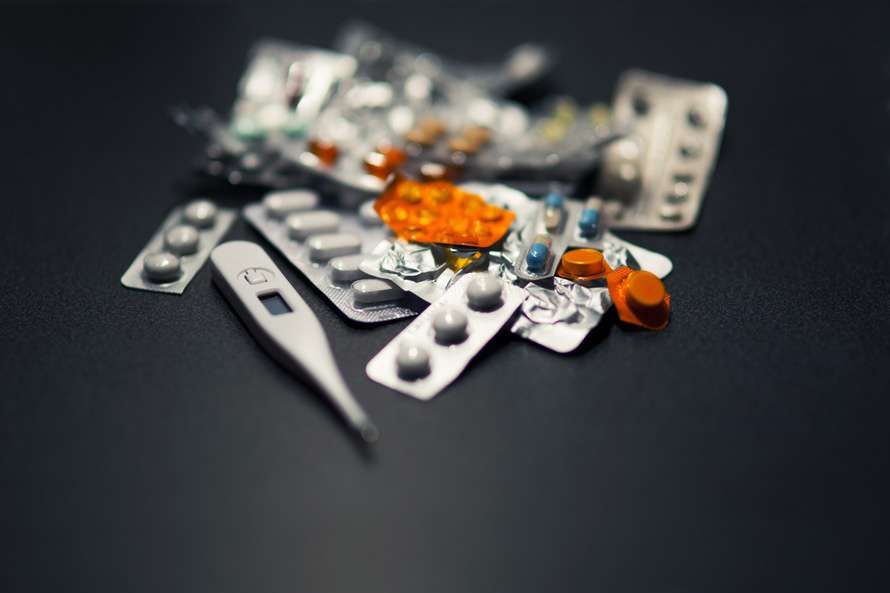The Danger of Visual Variation
FDA approval for a generic drug is currently based on demonstrating bioequivalence to its brand name counterpart, meaning they must be identical in efficacy, dosage form, strength, quality, intended use, and route of administration. That, however, is often where the similarity ends; as B. Brett Heavner writes for PharmExec:
Historically, drug companies have been accorded exclusive rights to their pharmaceutical “trade dress” – the unique, eye-catching pill colors and shapes that consumers use to identify the brand name of the pharmaceutical product.3
As such, generic pharmaceuticals typically differ drastically in size, color, and shape from both brand-name versions of the same drug and from other generic versions and these physical attributes have historically been classified as non-functional. However, the lack of aesthetic consistency amongst chemically identical pharmaceuticals has long been a complaint amongst both clinicians and patients who believe that this visual variation contributes to medication errors, decreased patient acceptance, and lower patient adherence. “Specifically, patients who rely on pill color and shape to identify their medications may stop taking the medication or become confused.” This is often of particular concern to those taking multiple medications who use visual information to quickly distinguish between drugs.
The Impact of Drug Color
Until recently, the concerns regarding the impact of generic drug color were primarily anecdotal. However, in recent years, researchers have found that the color of generic drugs is a major factor in consumer behavior and, while chemical function may be identical, practical function is not. In the largest study of its kind, researchers from the Brigham and Women’s Hospital in Boston examined the impact of drug color on the pill-taking habits of over 10,000 patients “who had been hospitalized after a heart attack between 2006 and 2011”:
[T]he study found that when patients went for a refill and the color or shape of their generic pills changed, the odds that they would stop taking the drug or not refill the prescription jumped dramatically: 34 percent for a change in pill color and 66 percent for a change in shape. That could mean numerous unnecessary complications, deaths and an overall increase in health-care costs, the researchers concluded.4
The effect of drug color was so significant that the authors of the study urged the FDA to create new guidelines requiring visual matching of generic and brand-name pharmaceuticals, noting that the color of generic drugs is not an arbitrary aesthetic quality, but “clinically relevant” in drug use.
As a result of mounting empirical evidence that drug appearance is a vital functional attribute, the FDA released updated guidelines for the physical attributes of generic drugs last summer, noting that:
[We] are concerned that differences in physical characteristics (e.g., size and shape of the tablet or capsule) may affect patient compliance and acceptability of medication regimens or could lead to medication errors. We believe these patient safety concerns are important, and we are recommending that generic drug manufacturers consider physical attributes when they develop quality target product profiles (QTPPs) for their generic product candidates.5
Although the new guidelines do not specifically mention color, the FDA is currently conducting its own investigations into the role the color of generic drugs plays in patient adherence that could lead to updated future guidelines highlighting the importance of consistent coloration between generic and brand-name pharmaceuticals.




